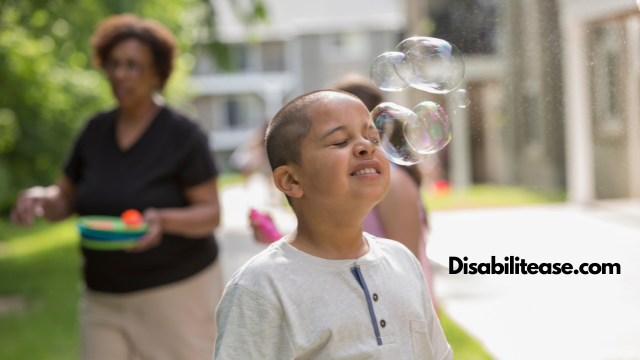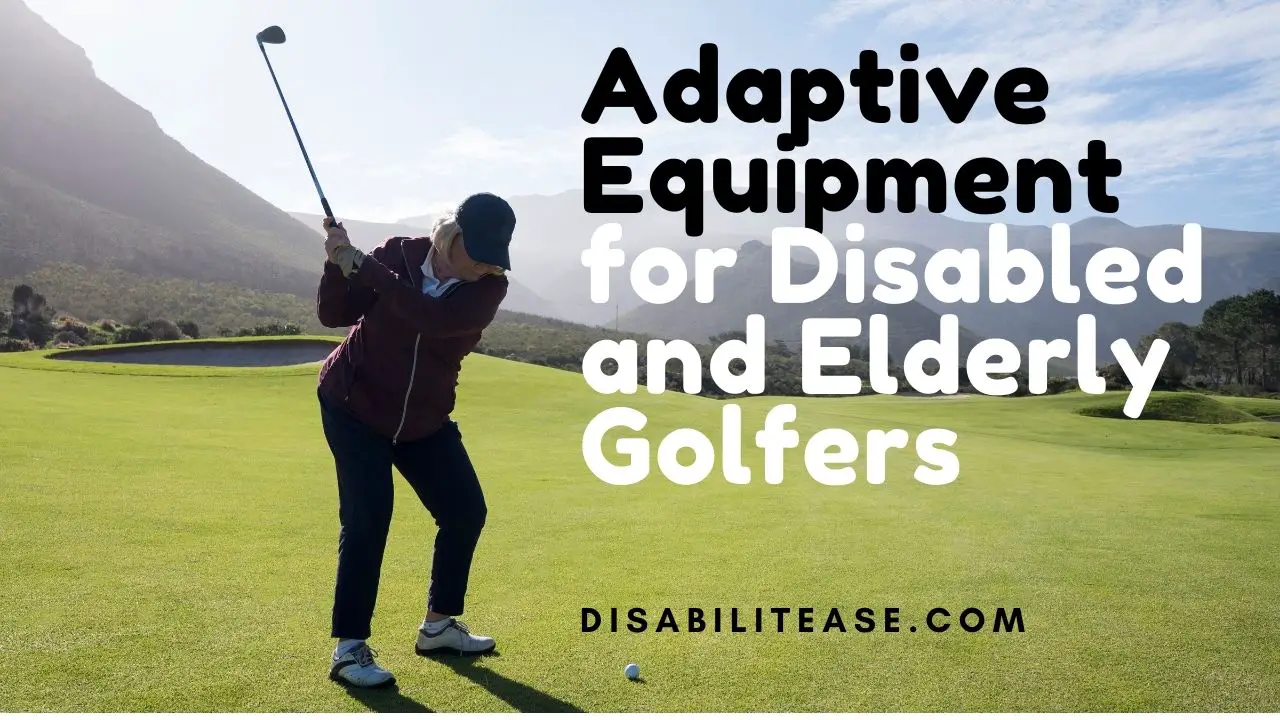What are the treatments of Autism Spectrum Disorder? Autism Spectrum Disorder (ASD) has no cure, and the aim of most treatments is to minimize its impact on the affected person.

With the help of therapy and other professional assessment, a child can receive the intensive support system needed to grow and thrive like every other child.
We have a related article for you, you can read Best 16 Autism Movies.
There is significant evidence that early intervention and the right treatment at key development ages can help a child with ASD improve their social, behavioral, and communication skills and maintain higher independence.
Table of Contents
Treatments of Autism Spectrum Disorder – is it ok to delay?
Delayed treatment can compound into stubborn language and learning skills that become harder to improve with time. Fortunately, the possibility of ASD can be detected as early as 6 months. Some common early signs and diagnosis methods are explained below.
These are not comprehensive or exhaustive but are the most common, valid, and easy-to-detect signs.
Uncommon Social Behavior
A primary sign in autistic children of all ages includes uncommon social behavior. Affected children will start showing impairment in their social behavior at a very young age, usually prominent from the 6th month. They are not able to engage as effectively and sincerely as other children of their age.
A common sign is a lack of or inconsistent eye contact. They also tend to ignore their surroundings, especially people. Your efforts to engage with them may seem unsuccessful, even if you address them by name.
The habit of not responding when their name is called or when an interesting object is highlighted is very common. In cases where they might actually recognize your speech and engage with you, the response is still minimal. Their responses rarely accompany noticeable facial expressions either of happiness, approval, anger, or excitement.
In the early years of development, children usually crave their parent’s affection and physical touch. This is not widely present in children with Autism, and they don’t respond well to affection.
Inability to Understand Emotions
Affected people are not very good at understanding emotional and physical needs of others. While this becomes less prominent as children reach adulthood, it is especially noticeable in young children. They may touch people and their hands or faces as if they were inanimate objects rather than people like them.
They can also unknowingly harm another child without understanding why they cry back in return. Children who try to engage with peers of their age may also proceed with awkward or unusual acts such as hurting them by touching them too harshly. They also have a hard time extracting meaning from another’s facial expressions. For example, seeing someone cry or laugh may not tell them they are in pain or happy.
For this reason, they also lack empathy and rarely reciprocate emotions. Recognition of emotion is typically well-developed by 24 months; you may need a professional assessment if your child has trouble with these beyond this age.
Lack of Expression
Affected children are not very expressive about their emotions and don’t think about sharing things with others. For example, if they see something that interests or excites them, they will not try to point toward it and grab your attention. They are also not very good with facial expressions and don’t communicate with a smile or frown when happy or sad. If a child does not become noticeably expressive by 18 months, they may have Autism.
Unlike other children, they don’t express emotions related to their toys. For example, where a child of their age may excitedly show their cars or plush toy to their parents, autistic children prefer to play on their own.
Even in the instance they want to share an experience with you, they may put something in your lap and walk away instead of lifting it up and presenting it to you with an expression.
Disinterest in Social Interaction
Not acknowledging or being excited by the presence of other children is very common. Affected children often have a hard time making or keeping friends.

Children start learning to play and interact with their peers by at least 36 months of age. Autistic children, on the other hand, rarely interact with other children or be interested in playing with them.
Even when they are encouraged and provided assistance, they usually show very little or no engagement. This disinterest is also noticeable in their other interactions.
For example, they may not wave a hi or goodbye or reciprocate gestures such as a flying kiss from a parent. It’s important to remember that these are not personality traits where a child is anti-social or rude. It happens because the child simply has trouble understanding the value and meaning behind such actions.
Communication Difference
Autistic children are not very good at communicating their needs, emotions, and interests. They typically start talking later than the typical 18-month age. In most cases, your child will not communicate with single words such as yes, no, or okay, by month 15.
Even when they start responding in some way, it is very short and no more than two words. Inability to understand what is being said is also common. For example, they simply nod in agreement or disapproval without understanding the question.
In some cases, they may make a real effort to communicate by repeating whatever is being said to them. This approach is known as parroting or echoing and includes repetition of the question or statement rather than responding with one’s own answer.
Children on the ASD are also very good at filtering out which sounds to pay attention to and which to ignore. For example, they equally hear the sound of someone calling their name and a car honking loudly. In return, they will usually pay more attention to the honking than their name call to avoid interaction.
Having them follow instructions or rules is also very challenging. If you tell your young child to bring them the red block or place it somewhere specific, they may not be able to do so.
Restricted Behavior
Children likely to have Autism will engage in very predictable behaviors and interests. They typically stick to only one or few interests and activities. For example, instead of wanting a lot of different toys, they will only obsess over a particular toy, such as just cars or dolls.
A heightened preference for organization is also common. It is typical of autistic children to line up their toys and other belongings in a very coherent manner. Moreover, they often get upset if you disturb their routine or rearrange their toys. Their playtime is also very predictable as they engage in the same play every time.
For example, instead of playing with different cars in different scenarios, they will stick to one scenario only. This can include repeatedly crashing the toy cars and finding entertainment in that.
When they find the perfect toy, fixating on a specific part of it is also common. For example, they may continually point out or focus on the windows or lights on their toys. Introducing a new play, activity, or interaction to them is very difficult.
The child may not exhibit all the signs mentioned above. Every child will show unique signs with varying persistence and intensity. The goal is to observe them in their natural environment rather than overly focus on the signs.
You should also look for long-term patterns and activities throughout the day and discount any isolated event of uncommon social interaction or behavior. Using an Autism Observation Checklist may prove helpful.
Diagnosis Methods
There are currently no definitive methods to diagnose Autism. The most valid approach includes a combination of at-home early signs monitoring, milestone monitoring, and development assessment from a doctor. Since there are no blood tests or cognitive ability tests that can be taken, the responsibility for early detection falls on the parents, schools, and other members of the family.
Early Diagnosis ensures that your child gets all the care and professional intervention they need to minimize their symptoms and reach their full potential. Fortunately, all children get an assessment between the ages of 18 and 24 months.
These visits are designed to observe any lag in developmental milestones, including cognitive, social, learning, and motor skills. A well-child visit like this can be very helpful, as it involves the pediatrician conversing with the child and observing their behavior. They can detect any early signs that were not obvious to the untrained eye.
While they are vital, they can still be limited as early signs can still go undetected due to their nature.
Milestone Monitoring
With no definitive medical tests possible for Autism Diagnosis, the next best thing is at-home monitoring. Every child with Autism will show a highly noticeable lag in developmental milestones.
These can be within the social, communication, and behavioral domain. It’s important to get familiar with the milestones and other early warning signs to make at-home monitoring easy.
Children will not exhibit a variety of different symptoms all the time. This is why it’s vital to receive help from other family members who spend a lot of time with your child. You can also provide a list of signs to look out for and a Milestone checklist to your older children, your parents, siblings, and other caretakers. It’s important to remember that every child will exhibit different and only some of the early warning signs.
A child does not need to exhibit all or even half of the warning signs of Autism. The DSM-5 recommends an intervention and further assessments if your child shows at least two problems in the following domains of social interactions and communication:
- Difficulty understanding facial expressions, gestures, and any other non-verbal communication
- Having a persistent pattern of awkward or unusual social interactions
- Showing difficulty in forming and maintaining relationships
Along with communication, your child should also exhibit at least two of the following problems within the behavioral domain:
- Being overly or under-sensitive to particular sounds, smells, and tastes.
- Having an obsessive or strict routine with a high tendency to maintain structure and organization.
- Being obsessive or fixated on one or few interests only.
- Engaging in repetitive movement or speech.
A complete list of milestone-specific signs recognized by the DSM-5 can be found here. The symptoms must be highly noticeable and present persistently. Moreover, the difficulties or absence of ability should not be taken as a sign or symptom unless compared against a typical developmental milestone. It is possible that your child is currently unable to engage in certain types of communication because of their age.
Comparing against the communication, social, and behavioral development of other children their age may be a better idea. The best approach is the usage of Developmental Milestones.
Developmental Screening
Developmental Screening is typically conducted by your general health care provider or a pediatrician. It involves observing the same developmental progress and looking for any lag in milestones. It is more formal and includes an evaluation of your child’s previous development history, family history, and behavior at home and school.
Another post that will interest you is about How Autism Can Affect Driving?
If an area of concern is detected, your child may be referred to a trained specialist such as a child psychologist, occupational therapist, or developmental pediatrician. Further assessment will include a structured test to detect any uncommon behavior in the child.
Parents or guardians will also be asked to complete a questionnaire regarding the child’s social and engagement behavior at home. For this reason, at-home monitoring and documenting persistent behaviors over a long time are important to reaching a definitive diagnosis.
Your observations and records of early signs can help the specialist create a more personalized intervention and treatment plan for your child.
Conclusion
Autism Spectrum Disorder can be harder to detect before the age of 2. While some children can show very prominent signs of the disorder since 6-months of age, a definitive diagnosis still cannot be made.
Diagnosis by age 2 is considered more reliable and can help you establish a comprehensive intervention plan. Access to early Diagnosis and ultimately early help can lead to less severity of symptoms.
Appropriate intervention at the key development stages can play a pivotal role in how independent and competent a child will become at later stages of their lives. Psychologists, behavioral therapists, and speech-language pathologists can help you understand your child’s unique needs and make it easier for them to live their life to the fullest.

Hi, my name is Eddie, I am a professional trainer specializing in the elderly population and I’m also a website designer. I love training in the gym, going to the beach, traveling, and having good food.
I combined my love for sport and website designing to make “DisabilitEase” whose purpose is to help elderly and disabled people live a more full and active life, have more fun, and enjoy their unique journey despite any disability.



